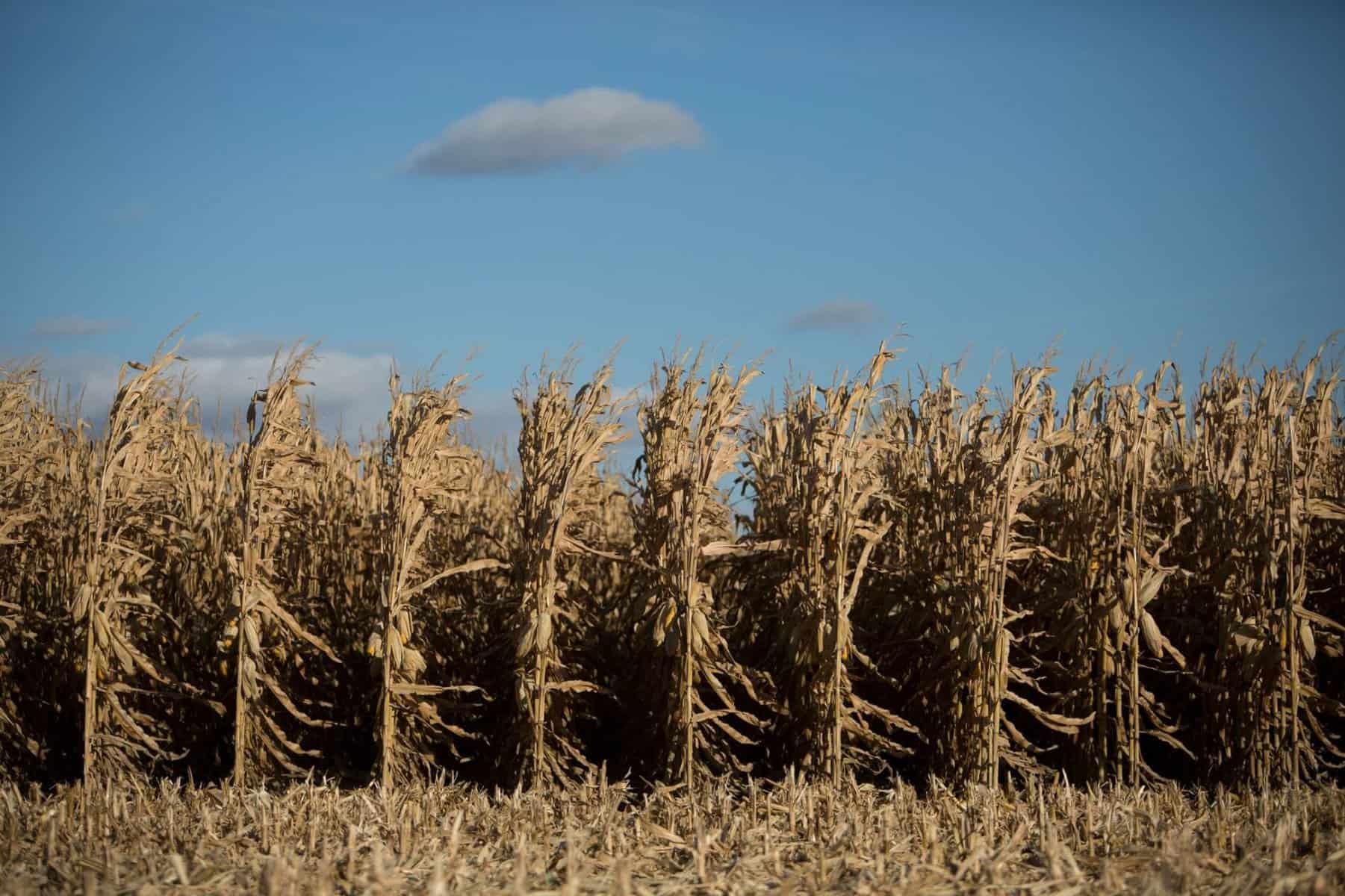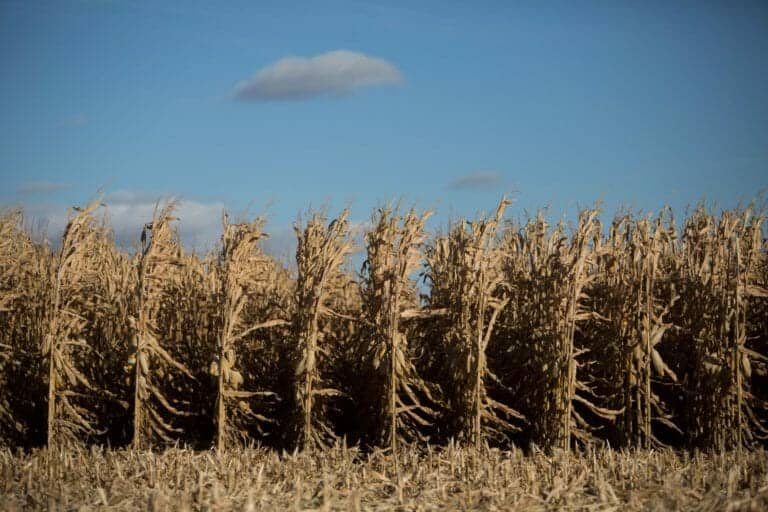Iowa is the largest corn producer in the U.S.—and the second largest producer of nitrate pollution in the Mississippi River Basin. Photograph by Amy Toensing, National Geographic Creative. By Elizabeth Royte. Photographs by Dennis Chamberlin PUBLISHED December 7, 2017. This story was produced in collaboration with the Food & Environment Reporting Network, a nonprofit investigative news organization.
Des Moines, Iowa — Ione Cleverley wasn’t eager to break up with her tenant, who had been farming 88 acres of her central Iowa land for more than a decade. He was affable and hardworking, but after harvesting his corn and soybeans, the farmer left her fields unplanted. Cleverley had learned that each spring, as the soil warmed and moistened, it released nitrogen—both naturally occurring and left over from the last application of synthetic fertilizer.
Rain washed the chemical into her stream, which flows into the Skunk River and thence into the Mississippi. Along its winding route, nitrogen, which converts to nitrate in water, presents two serious problems.
It threatens the health of those who drink it at the tap, and when it reaches the ocean, it hyper-charges the growth of algae and aquatic bacteria, which use up most of the oxygen in […]
Full article: The Simple River-Cleaning Tactics That Big Farms Ignore



